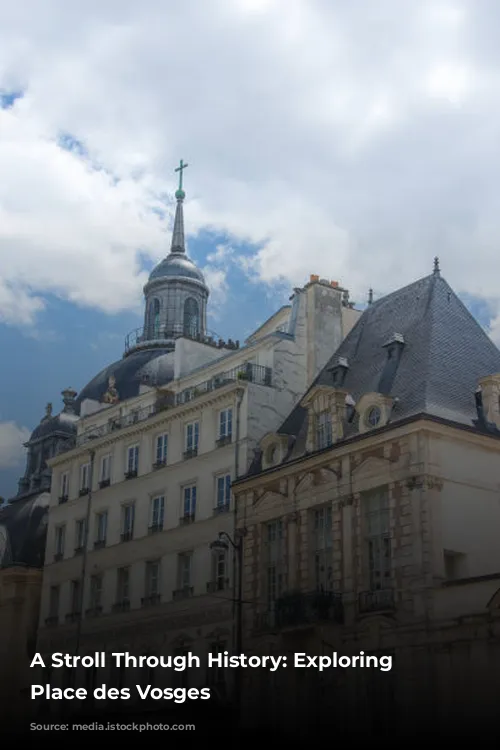The Place des Vosges, a breathtaking square in the heart of Paris, boasts a rich history and captivating beauty. Originally named Place Royale, the square was renamed after the French Revolution in honor of the Vosges region, the first to embrace the new government’s tax policy. Today, this iconic landmark offers a delightful blend of architectural grandeur, artistic charm, and historical significance.
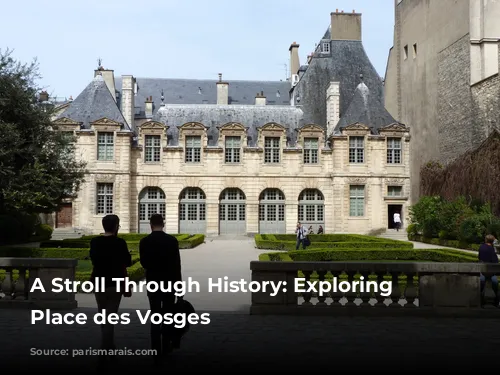
A Glimpse into the Past:
Imagine yourself stepping back in time to the seventeenth century. The Place des Vosges epitomizes classic French design, a testament to the architectural prowess of the era. Originally, the square’s terrace was covered in sand, a haven for aristocrats seeking equestrian thrills. A statue of Louis XIII once stood proudly in the center, only to be destroyed during the Revolution. It was eventually replaced by an elegant octagonal fountain, a symbol of renewal.
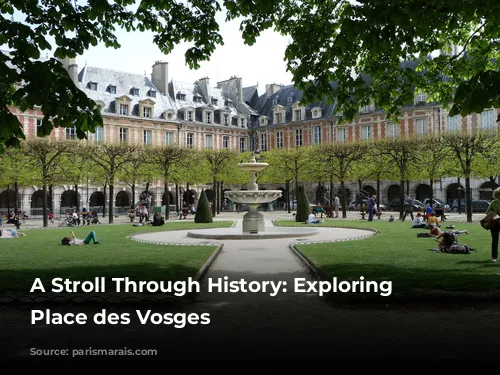
A Royal Promenade:
The square’s layout revolves around two majestic pavilions: the Queen’s Pavilion at the north end and the King’s Pavilion at the south. While these pavilions are closed to the public, you can still explore the House of Victor Hugo, the renowned author of Les Misérables, which now serves as a municipal museum. This free museum, open daily from 9am to 6pm (except Mondays), offers a glimpse into the life of the literary giant.

Culinary Delights and Artistic Treasures:
As you wander along the arches bordering the square, you’ll encounter a treasure trove of culinary delights. Carette and La Place Royale are just two of the many gourmet restaurants beckoning you with their irresistible aromas and tempting menus. The square is also home to a vibrant art scene, with numerous galleries displaying their treasures behind large, inviting windows. Their owners, fluent in English and other languages, are eager to share their passion for art with you.
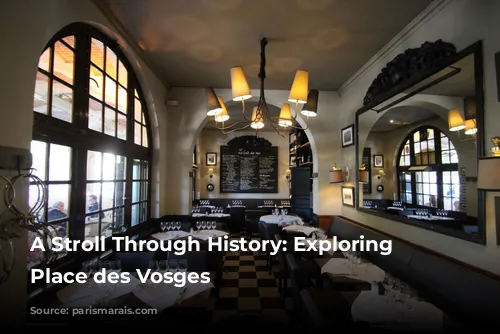
A Journey Through Time:
On the opposite side of the square, a discreet private door opens onto the enchanting garden of the Hotel de Sully, the headquarters of the Center for National Monuments. This grand building houses an impressive library dedicated to the history of Paris, which regularly hosts captivating photographic exhibitions focusing on architecture and the arts. Be sure to admire the Renaissance-inspired coffered ceiling, a masterpiece of craftsmanship.
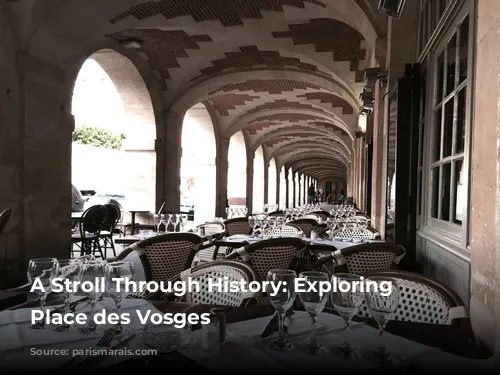
Echoes of the Past:
Venture further, and you’ll discover a hidden passage leading to a courtyard adorned with statues representing the four seasons. Continuing south, you’ll reach Rue Saint Antoine, a continuation of Rue de Rivoli, which ultimately leads to the Place de la Bastille. As you walk, pay close attention to the ground contours, a subtle reminder of the former Bastille prison. The simulated pavement echoes the site’s dark past, a poignant testament to the prison’s sinister history.
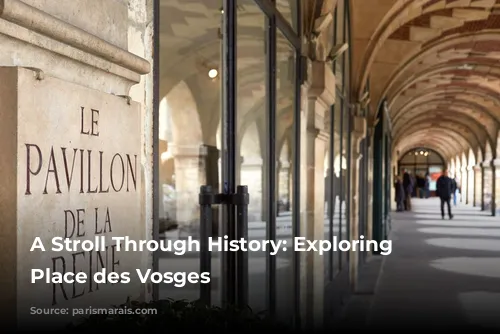
A Modern Masterpiece:
Standing proudly on the site of the former Bastille, the Opera Bastille is a striking example of the Argentine architect Carlos Ott’s work. While not universally adored by Parisians upon its inauguration, the opera house now presents world-class performances at prices significantly lower than those found at London’s Covent Garden, New York’s Metropolitan Opera, or Milan’s La Scala. If you’re lucky, you might snag a ticket for just 10 euros, the price of a movie! But arrive early, as eager audiences often queue from 10 am.
The Place des Vosges is more than just a beautiful square; it’s a portal to the past, a testament to the enduring spirit of Paris, and a destination that promises an unforgettable experience. Whether you’re seeking historical intrigue, artistic inspiration, or culinary delights, this iconic landmark has something for everyone.


